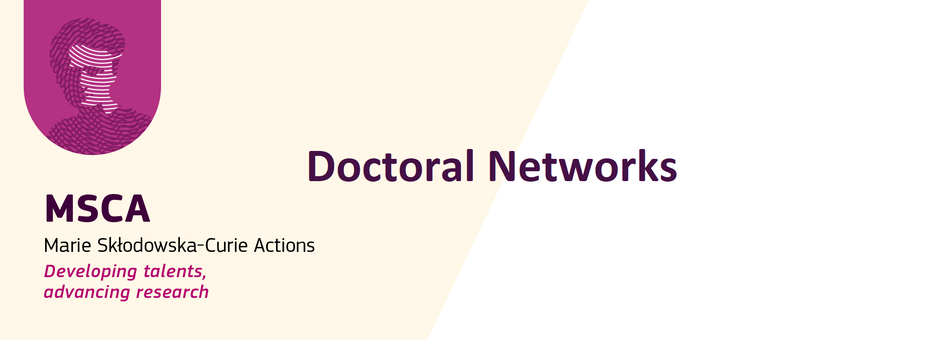Expected Outcome:
Project results are expected to contribute to all of the following expected outcomes:
- Improved accessibility[1] of the built environment for persons with disabilities and older persons, following a ‘design for all’ approach.
- Improved comfort for larger shares of the population.
- Increased uptake of accessible and inclusive active mobility solutions (walking and cycling) in support of healthy and sustainable lifestyles, while catering solutions for persons with reduced mobility.
- Improved sense of inclusiveness[2] and social cohesion in larger shares of the population.
- Availability of a common evaluation and certification framework for accessibility and inclusiveness of the built environment[3].
- Improved consideration of accessibility and inclusiveness in the transformation of the built environment towards sustainability, climate change mitigation and adaptation, in line with energy and climate ambitions.
- Reduced energy consumption and lifecycle GHG emissions of the facilities of the built environment.
Scope:
The focus will be on the different facilities of the built environment (buildings, multi-modal hubs, public spaces and other infrastructure for people’s use) that are open to the public. Built environment professionals require support to design, plan, build and operate facilities that are accessible and inclusive. Design concepts should make these facilities accessible for persons with disabilities and fragile people, following an inclusive, ‘design for all’ approach.
Proposals are expected to address all of the following:
- Develop innovative methods to ensure and facilitate the implementation of accessibility at all stages of design and construction processes, as well as the monitoring and testing of results.
- Demonstrate (and where applicable produce) innovative planning and design tools for new and existing buildings and/or multi-modal hubs and/or public spaces and/or other infrastructure for people’s use with the triple aim of:
- improving comfort (e.g. improving air quality, reducing noise or vibrations);
- making them accessible and inclusive for persons with disability and/or older persons;
- transforming the built environment towards sustainability (including social sustainability), climate change mitigation and adaptation, e.g. relying on nature-based solutions.
- Address the adaptability of the built environment over its lifecycle, to ensure flexibility for accessibility adaptations (e.g., in the case of changing needs of people with increasing disabilities and reducing mobility).
- Make the facilities of the built environment under consideration more energy efficient overall, therefore reducing GHG emissions.
- Ensure the involvement of persons with disabilities by means of a participatory approach.
- Consider the possible creation of new job opportunities that are concerned with implementing, monitoring and maintaining accessibility of the facilities of the built environment.
- Demonstrate the solutions in at least two demonstrators.
- Where applicable, investigate solutions aiming at removing barriers, improving storage of (cargo-)bicycles, improving charging possibilities for electric (cargo-)bicycles in an inclusive way (e.g., considering the specific needs of older persons, multi-generational groups, and persons with disabilities).
- Where applicable, design public spaces to promote soft and active modes of mobility through attractive, safe, and green infrastructure for healthier and environmentally friendly lifestyles, therefore lowering carbon emissions and noise pollution.
- Where applicable, develop solutions to ensure the mobility of person with disabilities (including visually impaired users) inside buildings in an autonomous, ubiquitous, and pervasive way.
- Where new digital tools are used in the built environment (including to address energy efficiency and comfort in buildings), ensure their accessibility for persons with disabilities and older persons.
- Ensure the project’s dissemination activities include actions targeted to contributing to the activities of the NEB Community, and to sharing information, best practice and results within the NEB Lab
Infrastructure such as motorways is excluded from the scope.
Participation of / co-creation with relevant societal stakeholders should be part of the action. To this end, this topic requires the effective contribution of SSH disciplines and the involvement of SSH experts, institutions as well as the inclusion of relevant SSH expertise (including social innovation), to produce meaningful and significant effects enhancing the societal impact of the related research activities.
Proposals are expected to contribute to the activities of the Built4People partners and to the Built4People network of innovation clusters.
This topic implements the co-programmed European Partnership on ‘People-centric sustainable built environment’ (Built4People). As such, projects resulting from this topic will be expected to report on results to the European Partnership ‘People-centric sustainable built environment’ (Built4People) in support of the monitoring of its KPIs.
[1] Accessibility is meant as the removal and prevention of barriers that hinder the participation of persons with disabilities in society on equal basis with others. In this case the focus is on barriers in the built environment.
[2] Inclusiveness is meant as environments that reflect the diversity of society with full respect of the human rights and fundamental freedoms of all inhabitants.
[3] In line with relevant EU legislation (e.g., the European Accessibility Act Directive (EU) 2019/882) and European standards (e.g., EN 17210:2021).





